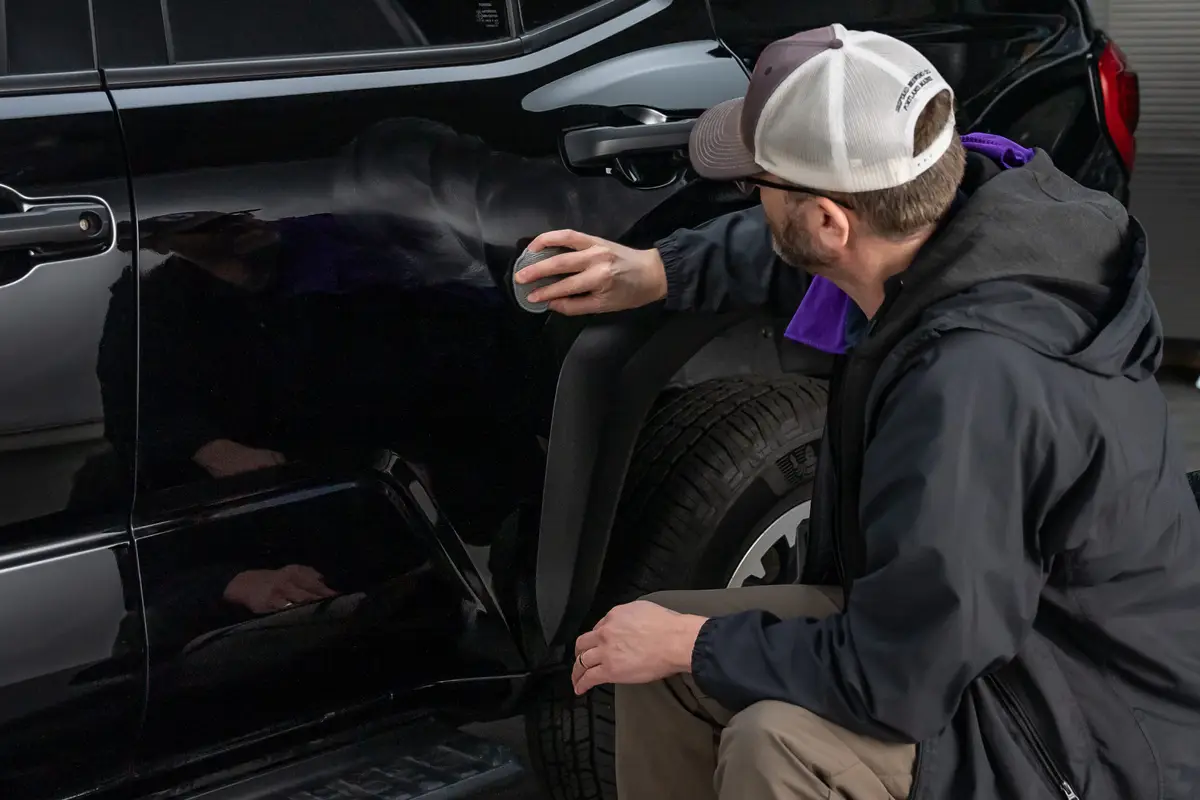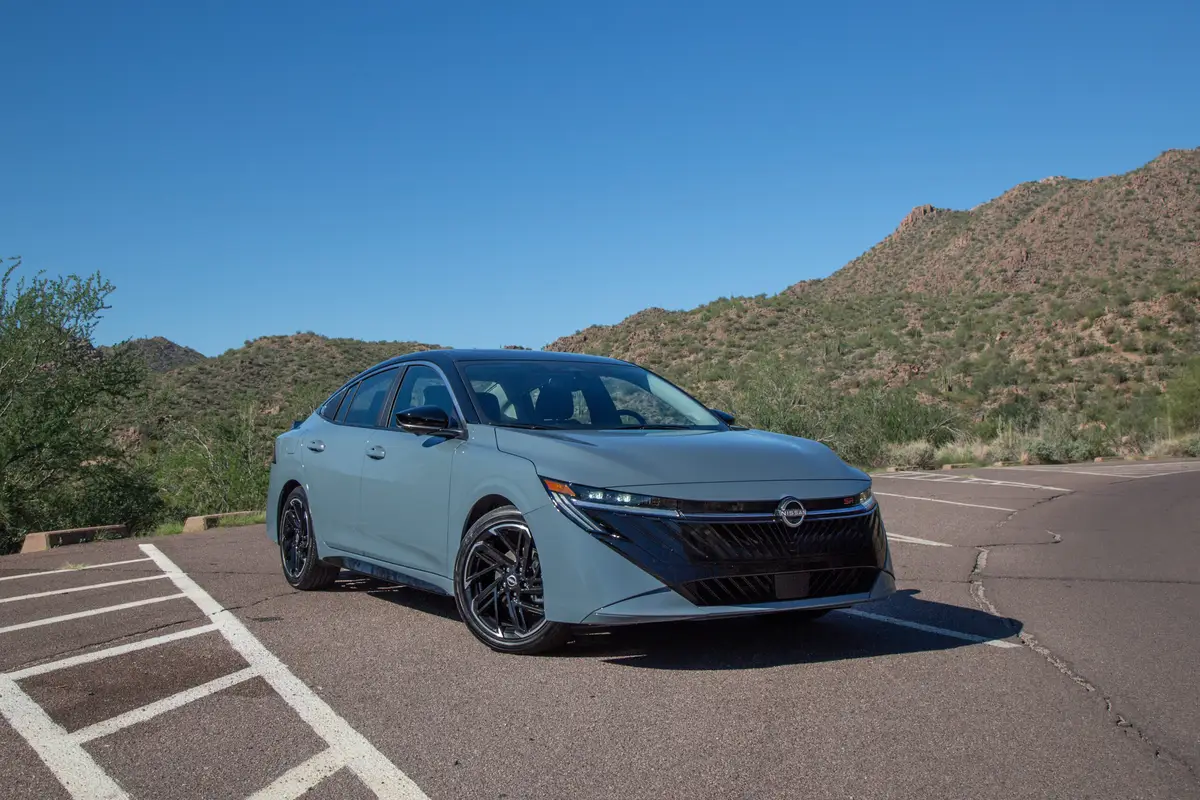Uber Details Flight Plans With Elevate

CARS.COM — On land and in the sky, Uber is leaving no stone unturned when it comes to developing and promoting self-driving technologies. The San Francisco-based ride-hailing company has now set its corporate sights on the future of urban air travel. Bloomberg reports that Uber is looking to work with other tech innovators, government agencies and mobility companies to foster the development of vertical takeoff or landing aircraft, small airplanes capable of vertical takeoffs and landings.
Related: Tesla Adds Self-Drive to Its Entire Lineup
The plan, saddled with the name “Uber Elevate,” is detailed in a 98-page document that hails the time savings and overall cost effectiveness of these as-yet-unbuilt aircraft. The document states that daily VTOL usage could someday be cheaper than owning a traditional car.
The report follows Uber’s first commercial run of its self-driving trucking subsidiary, Otto. The specially-modified semitractor-trailer carrying 45,000 cans of beer successfully navigated a 120-mile, one-way trip in central Colorado. An onboard driver only took control when merging on and off the highway.
Why should I care? Uber is not building airplanes, let’s make that clear. The company’s report about flying cars sounds audacious, though Uber carefully distances itself from any actual engineering or development work of VTOL aircraft. Uber wants to open a dialogue about urban air travel, plain and simple.
It’s worth noting that Uber’s document equates mass production of VTOLs with large scale production in the auto industry. Scaling up the build and usage of these aircraft will significantly lower the cost of using them daily, apparently. Maybe it beats what you’d currently pay to park a Gulfstream in your garage, but color us skeptical. And wasn’t one of the main points of car-sharing — especially in crowded cities — all about retiring ugly parking lots and creating more green space?
Less head-in-the-clouds is Uber’s successful run of a self-driving semitrailer. Calling it a successful commercial run is a bit of a stretch, however, since Uber “paid” its Otto self-driving truck the market rate of $470 for the trip. That doesn’t factor in the engineer who was onboard to monitor the drive, not to mention the cost of having Colorado state police shadow the vehicle for the entire voyage.
Still, a first step is a first step. Many see the trucking industry, with its firmly fixed routes and timetables, as being a better proving ground for self-drive vehicles than commercial cars and trucks.
Volvo Autonomous Drive Goes Undercover
Volvo’s first run of 100 self-driving cars are going to go unnoticed. That’s according to this story at The Guardian regarding the Swedish automaker’s plan to introduce self-driving SUVs into hectic London traffic starting in 2018. The decision to make these leased autonomous-drive vehicles indistinguishable from standard models comes after a study found other drivers might take advantage of a self-drive car’s strict adherence to road rules.
Why should I care? Be careful, because your self-drive car could get bullied on the road. Strange as it sounds, the concern that other drivers might take advantage of an autonomous-drive vehicle’s good behavior makes a lot of sense. Volvo doesn’t want to risk massive amounts of investment into self-drive technology only to have some boneheaded driver decide a computer-driven car is an invitation for road rage and abuse.
GM and IBM Add Artificial Intelligence to Cars
GM and IBM are working together to make your car smarter, or at least a more willing partner when it comes to restaurant recommendations. The Detroit Free Press reports the American automaker is working with IBM to integrate artificial intelligence into its in-car infotainment systems. Called OnStar Go, the technology could one day offer restaurant recommendations, or remind you to buy anything from groceries to prescription medicine.
Why should I care? Right now, the OnStar Go system is limited in terms of overall functions. Three main corporate partnerships limit capabilities to specific gas stations, credit cards and music-streaming services. That will change, of course, though the underlying technology must also balance the addition of new features and partners, all while making sure the driver isn’t distracted. Your car isn’t doing you any favors by suggesting a romantic dinner spot or cool new album, not if it means you’re not paying attention to the road.
Featured stories




2026 Nissan Sentra Review: Long Live the Sedan

